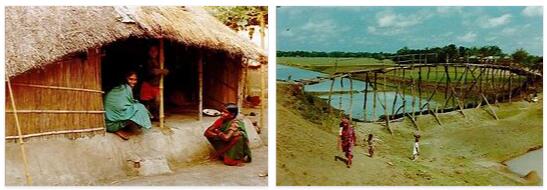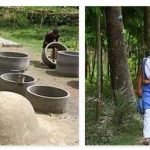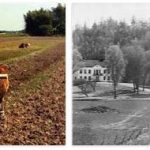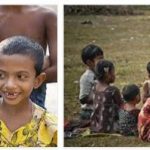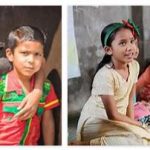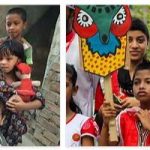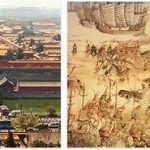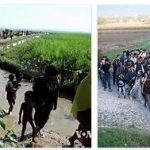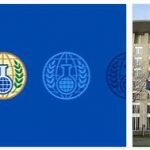In several countries, questions are raised as to whether development assistance contributes to development. The Norwegian social anthropologist Eirik G. Jansen has a better vantage point than most to answer the question. In the late 1970s, he lived and worked for several long periods in the village of Shusunda in Bangladesh to study the living conditions of the people. 33 years after his first visit, he returned to this village.
- What has happened to people’s living conditions in the last three decades?
- In which fields are the changes particularly large?
- How representative is the development in Shusunda?
The pace and atmosphere of the village had changed. That was the first thing I noticed when I returned to Shusunda. In the late 1970s, Shusunda was a quiet little village 60 kilometers west of the capital Dhaka. Most people seldom moved far away from the village, and if they were to travel, the trip took place by bicycle rickshaw, ox cart or preferably on foot. During the annual rainy season, it was almost only the houses that protruded over the flood-hit rice fields. During these months, people moved by small river boats, propelled by paddles or sails. The journeys were characterized by calm and slow movements.
2: Shusunda 2010
Back in Shusunda in the spring of 2010: The former narrow dirt roads in the village are paved and wide enough for cars, motorcycles and scooter taxis to race through the village. Loud howls and aggressive voices are heard.
The landscape has also changed. Large incisions have been made in the beautiful green rice fields around the village. On one side of the main road in the village, where there had previously been rice fields, a brickworks with brick production has now been built . Gray smoke rises from 30 meter high pipes. A little further up, the rice fields have had to give way to a factory that produces poles in cement. The posts are in large stacks along the road. The market in the village, which was previously small and drowsy, has now become a hectic gathering place.
There is considerable technological development also in agriculture. No beef bucket plows the soil anymore – small tractors make the job faster, cheaper and far more efficient. All soil has access to artificial irrigation. During the dry season, in winter and spring, the electric pumps run continuously and collect water that is a few tens of meters below the surface. Large areas that were previously brown and barren now produce high-yielding rice varieties. All available soil is now covered with green rice fields.
3: Study of poverty – greater expenditure than income
In the period 1976–80, I participated in a major poverty study conducted by the Bangladesh Institute for Development Studies in various villages around the country. Shusunda became “my” village. For weeks and months at a time, I lived with other researchers in the peasant families in the village. We were to collect figures and other information about the poverty situation in the area.
Everything had a tinge of poverty : the houses in the village were made of earth and bamboo sticks and had roofs with thatched roofs. When it rained worst during the monsoon season, it leaked through the roofs. A visible proof of wealth was investing in a roof of corrugated iron. Of Shusunda’s 62 families in 1980, only a few could afford such an investment. Access to clean water was also a major problem. There were only a few water pumps in the village, and they were often out of order. Most relied on dirty surface water as small ponds for both washing and drinking water.
Agriculture was simple and had a low yield. Unemployment was high. Men were happy if they could get an average of 15 days of work a month. The salary was incredibly low. For a daily wage in agriculture, people could only buy 1-2 kilos of rice. Poor families used 70-80 percent of their income to buy rice.
Larger expenses than income
According to ASK4BEAUTY.COM, about 40 of the 62 families in the village had larger expenses than income. They financed their deficit by gradually mortgaging and selling the little they owned of land. The most brutal way the deficit was handled was to eat less. For several months of the year, about half the inhabitants of the village starved . They ate only one to two meals a day with rice and some vegetables. Fish, chicken and meat could take weeks between each time they ate. Large parts of the population were malnourished and malnourished , which resulted in illness and poor health.
More than 90 percent of the village’s inhabitants depended on income and work from agriculture to survive. The most important economic, political and social processes were related to property and use rights to land and the opportunity for the poor to secure paid work in agriculture. Complicated relations developed between the approximately ten “rich” families in the village, who had a surplus of land, and the poor and landless farmers.
The public services also worked poorly. The school was dilapidated, the teachers and most of the students were absent most of the time. Public health services were scarce, and the selection of medicines on the market in the village was small.
